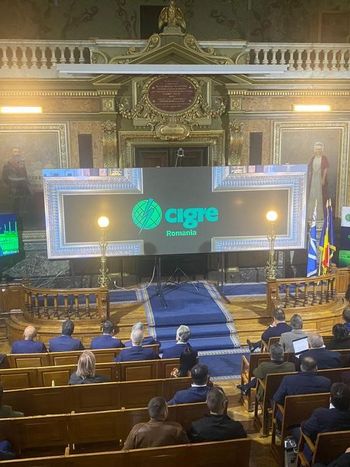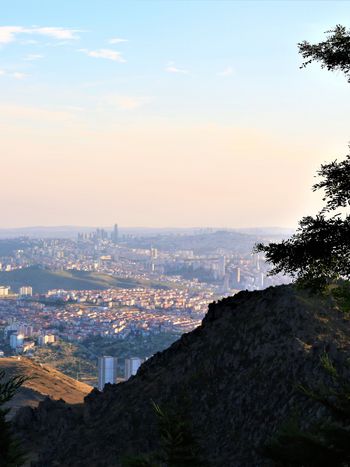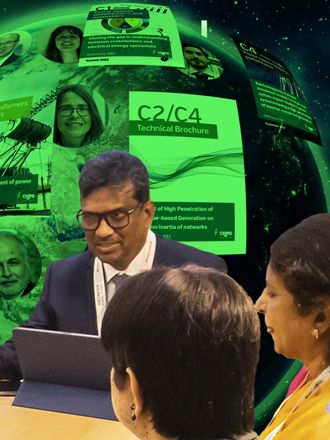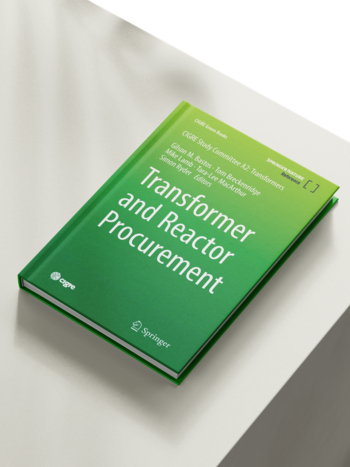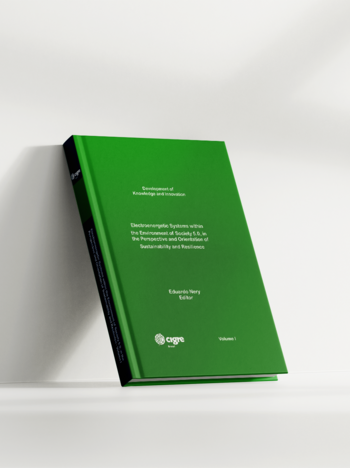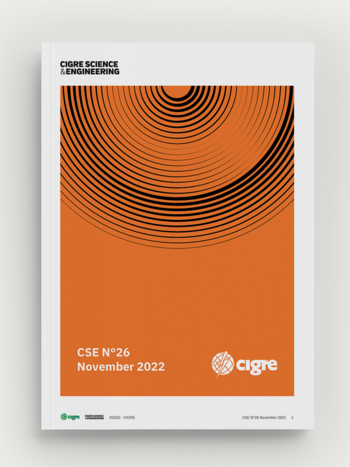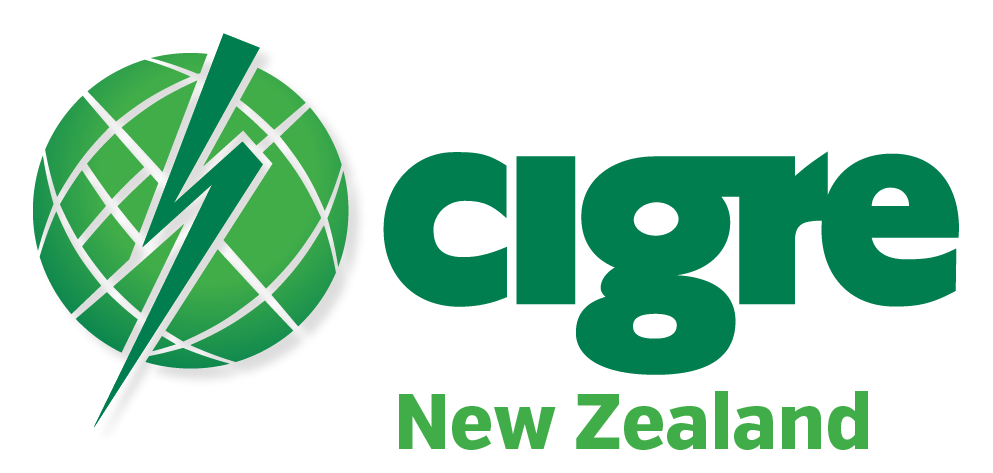Third year of the New Zealand A2 power transformers and reactors panel: international collaboration in a post covid world
After three years of international isolation and controlled entry New Zealand has finally opened its borders. An objective for the A2 panel is to increase international collaboration, which has historically been difficult in a country antipodal to Europe. Traditional ways for CIGRE members to interact internationally are joining working groups and attending conferences. A different strategy to increase international collaboration, trialled this year, is to invite overseas experts to speak at our webtutes series. This has worked very well, especially as speakers do not need to travel. While we will have more in-person events, the use of online meeting technologies will continue, to keep this international flavour.
Our first meeting was held online in March. The Auckland region had recently emerged from a covid-lockdown in December, many companies were not receiving visitors, and so we decided to run virtually. This meeting was to discuss the year ahead in terms of new Working Groups, activities, and the Paris session. Twenty-three members joined in to contribute, which was a heartening show of continuing interest.
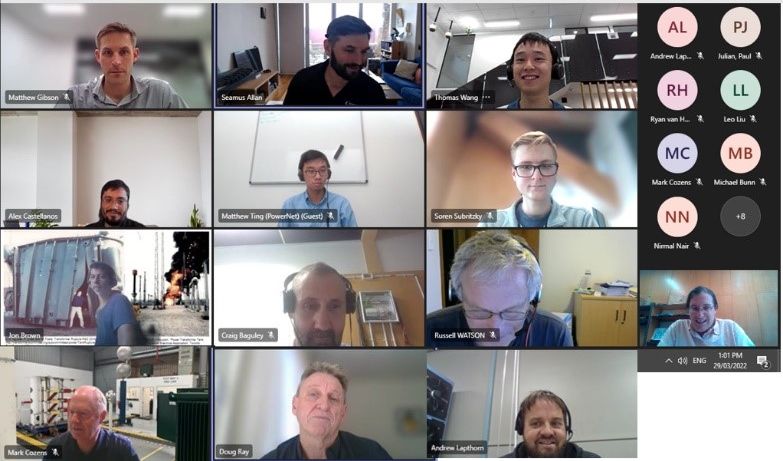
The Australian A2 convener, Ross Willoughby, had completed his term and passed his leadership to Matthew Gibson. Following this meeting two individuals volunteered to newly establishing working groups, Dr. Bhaba Das to WG A2/D1.67 and Jon Brown to WG A2/D1.66. It will be very interesting hearing how these working groups progress and the New Zealand involvement. Two local areas of interest are the impact of electric vehicle charging loads on networks, and geomagnetically induced currents. As New Zealand is far from anywhere there is a significant cost of importing fuel. Thus, many industries are looking to use electric vehicles and there will be charging loads on electricity networks, as was shown by Dr. Craig Baguley at Auckland University of Technology. Dr. Andrew Lapthorn showed the risk of geomagnetically induced currents on the Kiwi transmission system and explained why this work was being undertaken. Neeraj Kant volunteered to be the secretary of our group. It is extremely welcome having others to help out with the administration.

Our webtute committee was again Matt Gibson, Tara-lee MacArthur, Judith Marks, Ross Willoughby and me (Dr. Dan Martin). For our first webtute we chose measuring water in transformers, as this had been suggested by one of our members. We are extremely grateful to Dr. Ivanka Atanasova-Höhlein from Germany for giving a talk on her work leading D1.52 and the use of capacitive moisture sensors. I gave a talk on my work from measuring water in power transformers, and Dr. Bhaba Das discussed technologies to keep dryness. This webtute attracted 94 attendees from Denmark, Germany, Hungary, Indonesia, Iran, Malaysia, Morocco, Thailand and USA, as well as from Australia and New Zealand. It was great to see the high level of international engagement that we had sought. This topic was so popular two more speakers volunteered to do a second webtute on moisture, Ramesh Gopalan from UAE and Rob Milledge in Australia, attracting 47 attendees. Again, it was great to have two internationally recognized speakers.
In July a joint online event was held with the Australians to discuss transmission power transformer reliability (>100 kV) and formulate our response to Prof. Stefan Tenbohlen’s A2.62 data questionnaire. As there was a due date for a response before the Paris August meeting, we decided to run this as a separate online meeting rather than as part of the annual transformer panel meetings held later in the year. Twenty-six Australian and New Zealand organisations joined in to discuss. It was pleasing to see Australia and New Zealand infrastructure so well represented in this global survey.
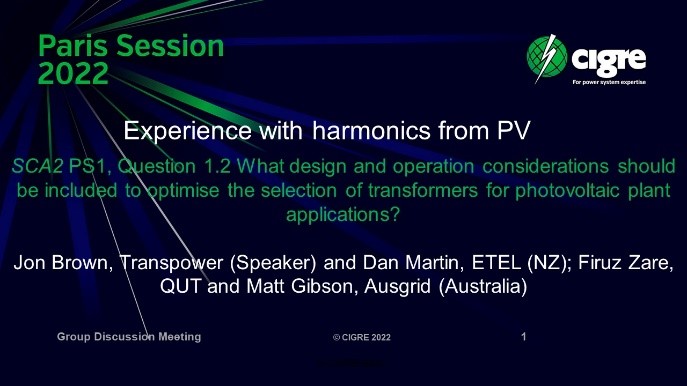
For the Paris Session Jon Brown represented NZ at the A2 Study Committee meeting and presented an answer to one of the preferential subject questions. It was fantastic to have other people engaged in his talk, including Prof. Firuz Zare, with whom I had worked in my previous role at University of Queensland. Russell Watson and I also collaborated with Doug Ray and his B3 substations panel on a Study Committee question about how EV charging will affect substation specification.
Our annual in-person meeting was held at Transpower’s offices in Hamilton, organised by Jon Brown, to coincide with the Electricity Engineers’ Association conference in September. There were twelve attendees and another six online. News from CIGRE was delivered by Matthew Gibson, Ross Willoughby and Jon Brown. Discussions moved onto technical: about carbon accounting by Dr. Bhaba Das, use of online monitoring by Thomas Wang and Seamus Allan, problems with bushings by Matthew Ting, and the use of monitoring in networks with electric vehicle charging I did with Russell Watson.
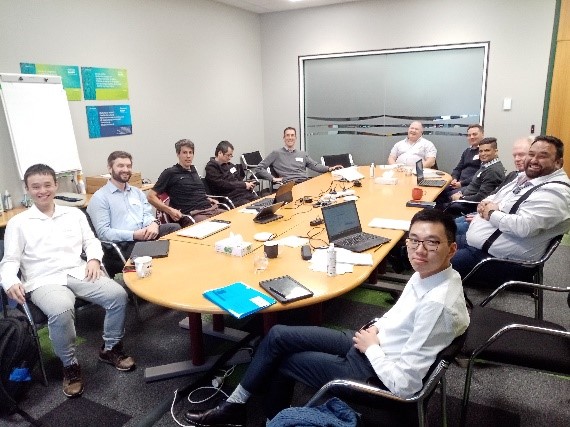
Another discussion was held around the potential impact of large scale solar PV on NZ networks. A ‘solar wave’ is expected in 2023 as many farms enter the market. Upgrades to transformer monitoring is likely to be required. In some cases we’ve found our local members unsure how to be more involved in CIGRE, so one slide clarifying options for potential volunteers was presented.
One journal was published, Improving the Utilization of Distribution Transformers Supplying Public Electric Vehicle Charging Installations: A New Zealand Case Study [Dan Martin, Russell Watson]. In this article substation upgrade decisions were looked at. While public charges can be rated at 200 to 300 kW, only 1% of the light vehicle fleet in NZ is electric so charger usage is not so great. Thus, rather than upgrading infrastructure immediately a better option could be to monitor the transformer and allow it to overload momentarily. Deferring an upgrade is beneficial because a utility monitor EV charging behaviour first and plan based on actual usage data.
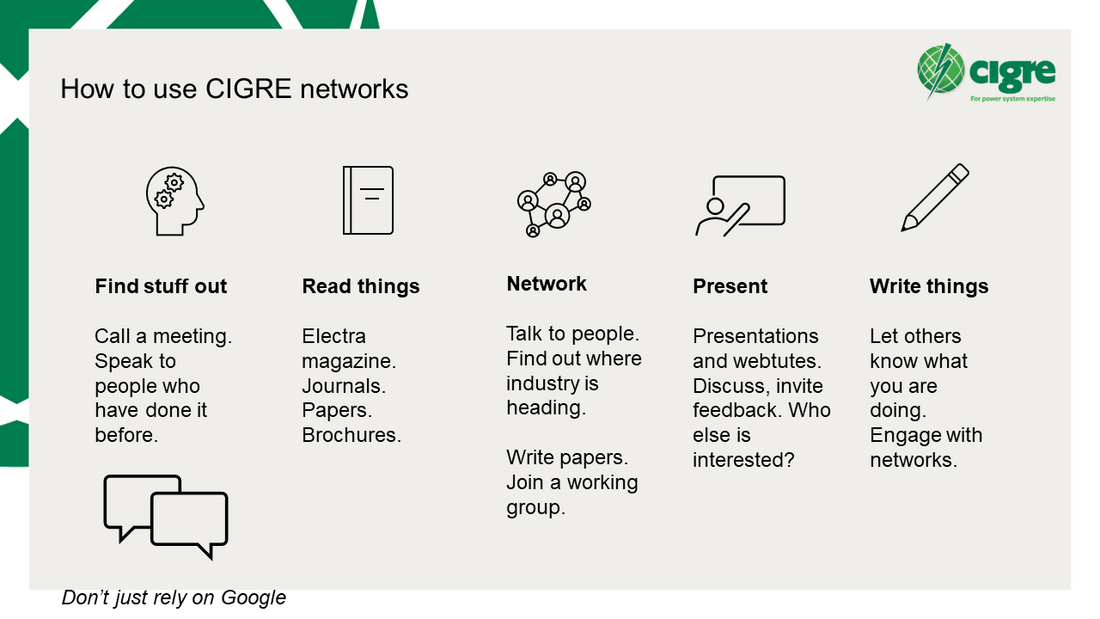
Next year
Hopefully, COVID will have finally receded to the point where there is minimal risk of disruption to in-person events, and that flight costs fall back to pre-2020 levels. We are currently planning an in-person transformers workshop with Dr. Andrew Lapthorn and Prof. Neville Watson at University of Canterbury in 2023.
Significant technical matters for our local industry will be the likely updating of the NZ and Australian transformer minimum efficiency levels. This will drive manufacturers to verify that they designs will still be compliant with possibly stricter environmental controls.
Solar farms will enter the grid to a significant degree, and there may be more monitoring required to manage legacy transformers and substations.
Many large vehicle fleets are turning electric e.g., Auckland and Wellington bus fleets, Auckland ferries, the inter-islander ferry between North and South islands, trucks, milk tankers and small aircraft. The utilisation of transformers will increase with these new loads. We will be interested to find out how these challenges are being resolved internationally.
